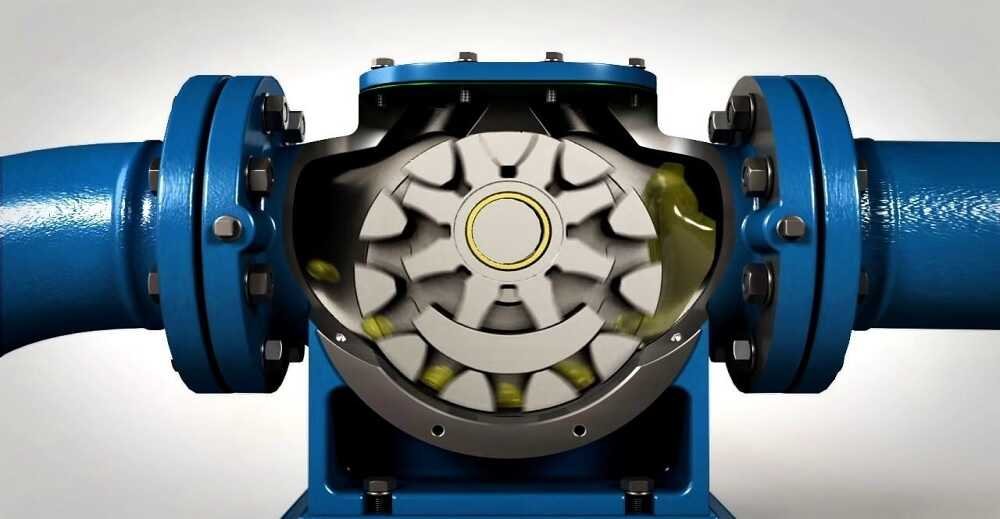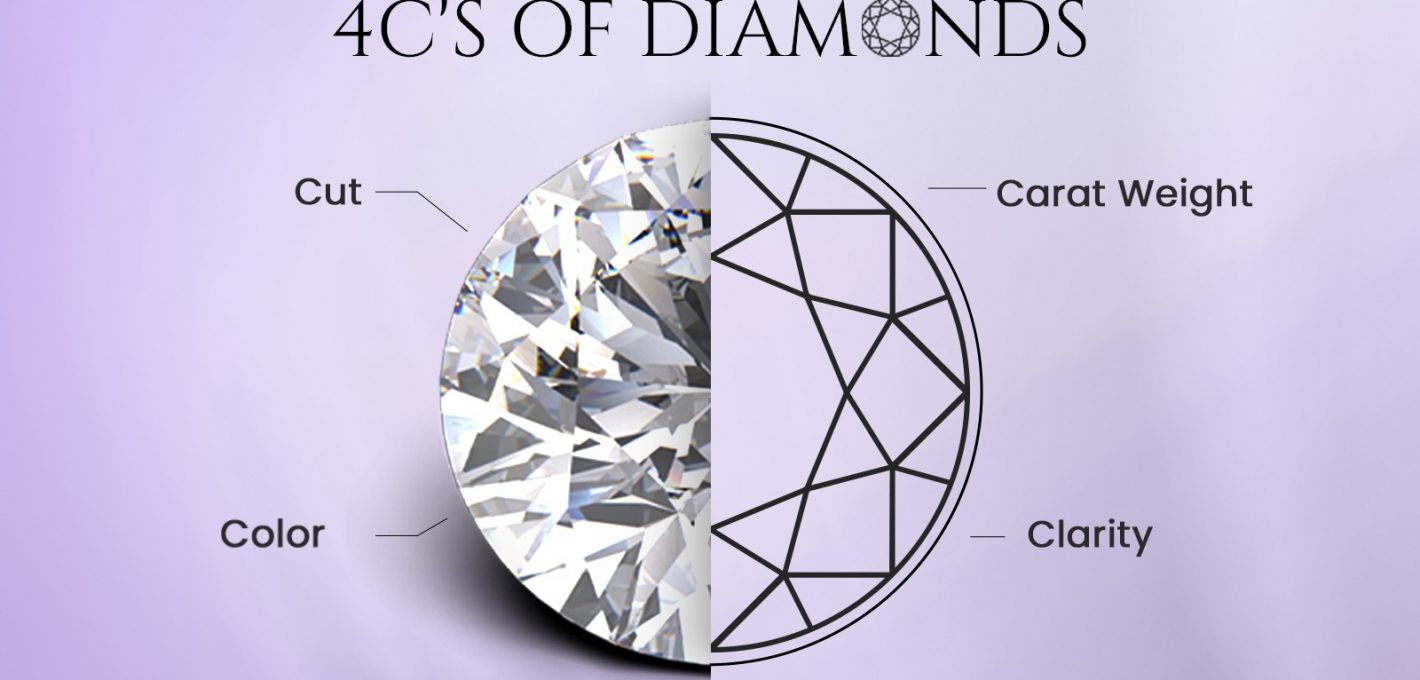
When a home is properly insulated, occupants will rely less on artificial heating and cooling, which will lead to significant savings in electricity bills. Not to mention, a well-insulated home is kinder to the environment.
On the other hand, if a home is under-insulated, it will heat up more quickly in summer, and feel colder in winter. This means you’ll probably be reaching for the air conditioning or heater more frequently.
So it’s clear that an under-insulated home is a problem, but what about an over-insulated home? Is that even possible? Can too much insulation be bad?
How Much Insulation is Too Much?
Generally the more insulation the better, because more insulation means improved resistance to heat flow, and a more pleasant indoor environment for you and your family. However if a home has a lot of insulation and is too tightly sealed, it can trap moisture inside.
Ventilation is really important for preventing moisture build up in your home. Without it, you could find yourself with a major mould problem or poor air quality inside your house. When installing insulation in your home, especially the roof, take care to ensure you account for adequate ventilation so that built-up heat can dissipate properly. Also, choose insulation products that will not absorb atmospheric moisture such as Knauf Insulation.
Keep in mind that too much insulation is not the only cause of mould issues. More commonly, mould and dampness problems arise from air-conditioning systems not functioning properly, leaking pipes or broken pumps. If you notice a moisture issue, it’s best to contact a professional to assess the situation.
Don’t compress your insulation
If you try to install too much insulation in your home, you might end up compressing the insulation batts and compromising their ability to resist heat flow. Insulation batts and rolls are a type of bulk insulation that work by trapping millions of tiny air pockets that help resist the flow of heat. To work optimally, the air pockets should not be compressed. You should also ensure that no gaps are left between batts because even a small gap can significantly reduce their insulating ability.
Think about R-Value instead of over-insulating
Insulation batts are available in a variety of R-values. The higher the R-Value a product has, the better it is at resisting heat flow. Instead of trying to over-stuff a cavity with insulation, choose quality products with high R-Values for the optimal thermal benefits.
At Pricewise Insulation, we recommend a minimum of R4.0 for ceiling insulation. if you live in places such as Perth, Brisbane and northern NSW. However, if you live in a cooler climate such as Melbourne, Sydney or Adelaide, we recommend upgrading to a minimum of R5.0 or R6.0.
For insulating your walls, we recommend at least R2.0 for Perth, Brisbane and northern NSW, and at least R2.5 for Sydney, Melbourne and Adelaide. However, the higher you can afford to go, the more thermal benefits and energy savings you will experience.








